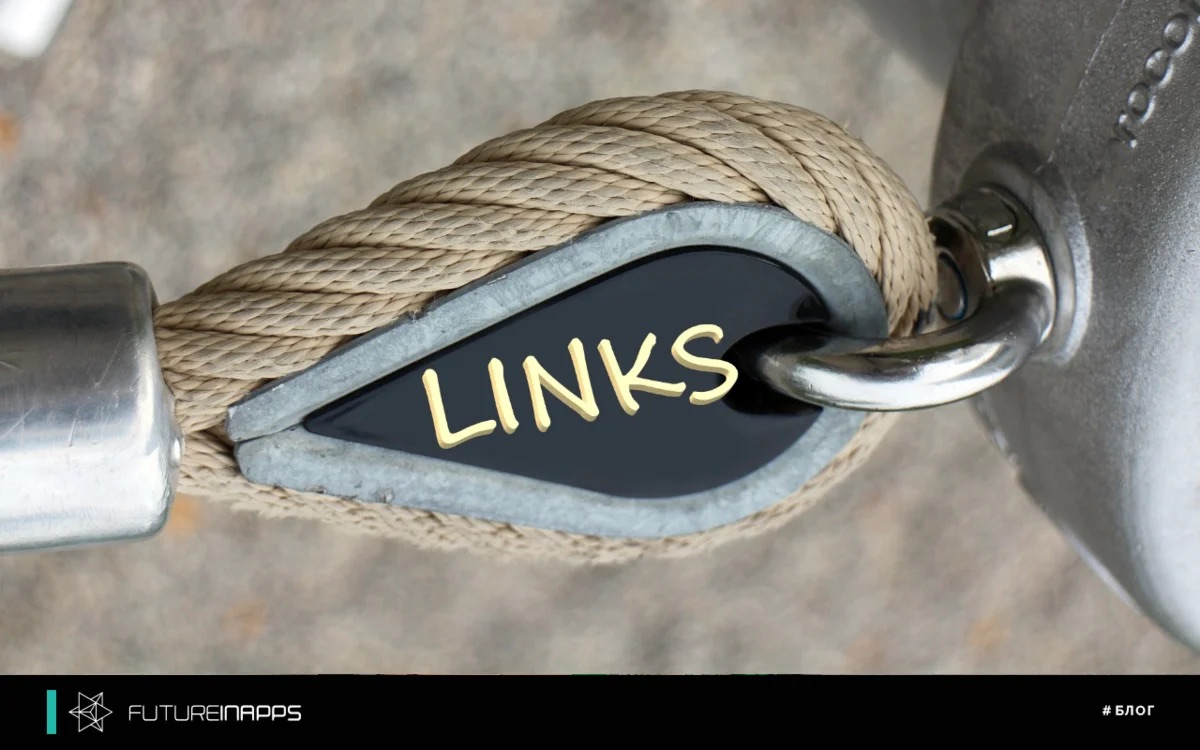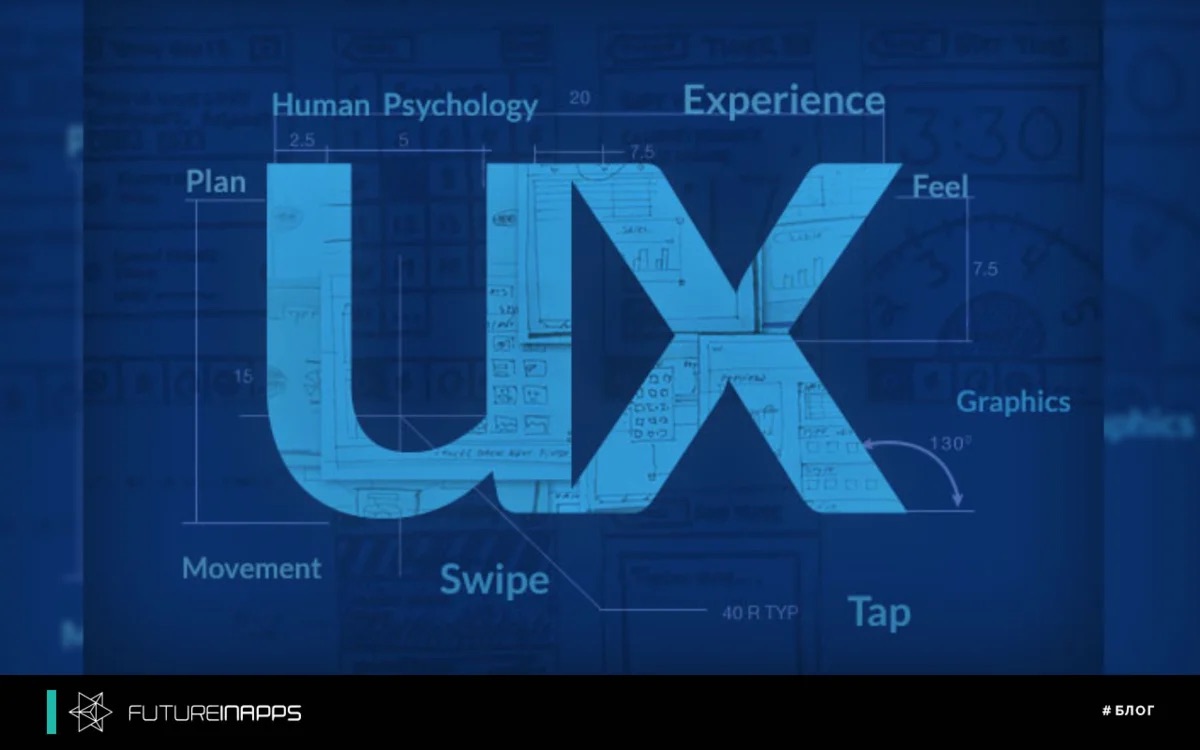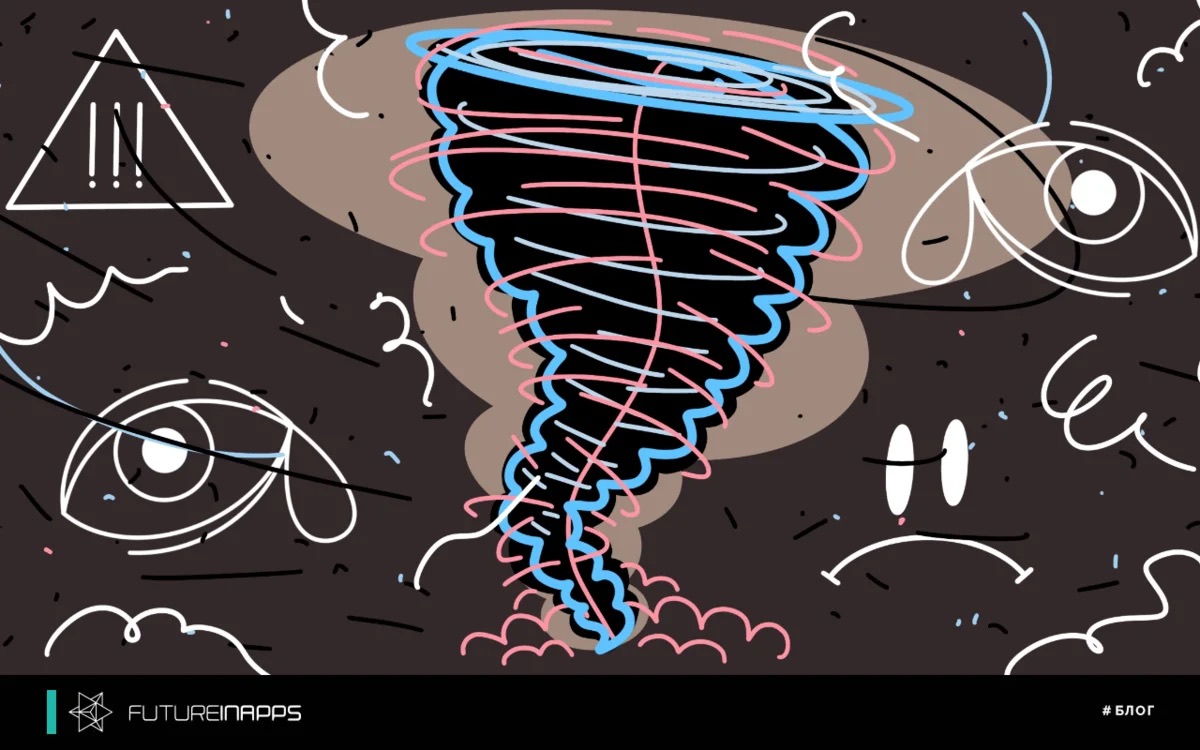Mind and emotions work together to control behavior
Studies have shown that the mind and emotions play a role in decision making. Reason affects motivation and behavior, causing feelings that just motivate and behavior. Here is an example. Suppose you are going to eat a third piece of cake, but at the same time you recall how bad you felt the last time you ate the same three pieces. And here the feeling of disgust will outweigh your sense of desire to eat another piece of cake.
“And what does this have to do with content marketing?” - you ask.
Everything is simple. People do not buy based solely on logic or emotions. Making decisions is always a combination of both. For this reason, you need to create relevant content that will simultaneously involve at each stage the emotions of your potential customers and the processes of rational thinking.
In order to develop such content for yourself, first you need to consider what types of content generally exist, and only then decide how you can best use each of them in your case.
1. Brand advertising
The role of brand advertising is to create an emotional connection with potential customers. A great example of such advertising is Google AdWords Stories. For example, through a video created by the founders of the brand, farmers, they can easily and unobtrusively tell users about the history of their business, the idea and goals that were laid in it.
Advertising will undoubtedly include your brand, but only here it should recede into the background, as if to dissolve in the advertisement itself. Its goal is to shape the feelings that potential buyers will experience when thinking about your brand.
2. Quizzes
Quizzes will perform two tasks at once simultaneously. Firstly, they demonstrate your company, its experience, and secondly, they attract attention, because they cause people to naturally become curious. Quizzes can take various forms: practical jokes, games on social networks, tests, audience engagement, etc.
3. Events and conferences
Events and conferences can also be held in real time or online. This method of conducting gives participants the opportunity not only to meet with members of your team, but also to get to know other people, while creating valuable contacts and studying information that will be useful to them in the future.
Although a lot of costs are required to conduct events and conferences, even in online format, they can still pay dividends in terms of raising awareness and providing opportunities for referring existing potential customers to the next stage of the funnel.
4. Competitions
Competitions are ideal for creating word of mouth and user generated content. Today, photo contests, photo captions and others are effectively used by B2B brands. In fact, there are a fairly large number of ways to conduct such contests, so you can create one that emphasizes the personality of your brand.
5. Infographics
Visual content is easily and quickly perceived and remembered. In the case of potential customers who are not yet ready to delve into the details, infographics will attract attention and make you think about the problem, because of which they appeared on your page.
6. Educational videos
Another popular form of visual content is educational videos, which undoubtedly will appeal to many potential customers. Videos are especially effective in combination with articles: after potential customers are interested in watching a video, they will read further to get additional information for themselves.
7. Podcasts
Audio content is also ideal for awareness, as it allows potential customers to get the right information on the go, doing other things in parallel. Podcasts, of course, are resource intensive, but they can be extremely effective in attracting potential customers.
8. Posts on social networks
Social networks are often used to repurpose existing content. But do not forget that they also need to use copyrighted content. As it turned out, jokes, memes and posts with thought-provoking questions attract a B2B audience.
9. Blogging
Now let's move from visual content to written content. Blogging is always a reliable way to attract potential customers. And this is also extremely important for SEO - after all, writing a series of articles is ideal for creating internal links and encourages potential customers to visit additional pages on your site.
10. E-books
When potential customers are ready to dive into the topic of their interest in more detail, e-books in this case will also be a good option. After all, they too can affect emotions and the mind.
11. Press Releases
Creating a press release that the media will find interesting is already a science in itself. But still it’s worth trying and adding press releases to your content strategy, because there is a reason: they create trust in your company, even if the media do not pay any attention to them.
12. Newsletters
Newsletters are great for keeping in touch with your audience, and they are also an ideal format for sending potential customers further down the funnel. If you manage to dilute your content with any brief thematic studies and reviews, then potential customers will already begin to look at your company differently and think about how you can help them.
13. Direct advertising
Direct advertising can take various forms, but the most common are advertising on search engines and social networks. These ads are most often used by potential customers by offering demos or free trials. The purpose of direct advertising is to make a potential customer act.
14. Trend Information
Trend information helps motivate potential customers by letting them keep track of what people like them are doing right now. For this reason, trend publications are well suited for lead generation.
Since everyone wants to know how his peers live and how they succeed, this format has a so-called emotional hook. In addition, this gives you the opportunity to reasonably substantiate why your decision / proposal is a reasonable choice.
15. Buyer's Guide
Buyer's guides are another great form for lead generation. They help potential customers see a solution to their problem. The purpose of the guide for the buyer is to hint potential customers that possible solutions are on the surface and subtly justify why the solution that your company offers is the best choice for people with similar needs.
16. Own research
Various ongoing studies position your company as experts in this field. In addition, the publication of research will help you create, so to speak, natural SEO links, as bloggers and the media will refer to you in their comments.
17. Product Videos
Video can be not only educational in nature. Video content is primarily useful for potential customers who want to see your product in action. This type of content is especially effective for B2B and SaaS companies.
18. Official Records
Official documents give you the opportunity to provide a rational argument in favor of your product / service. After all, potential customers need reliable data and facts, perhaps in order to present them to other people who are responsible for making decisions and who need to know that the investment in this case will pay off.
19. Customer stories
The stories of your existing customers help potential customers to imagine exactly how you can help them by reading about how you have already helped other such people. Such stories are particularly persuasive because they affect emotions (potential customers can identify them with themselves) and reason (because the statements are backed up by facts).
20. About us page
Potentially, potential customers will not be interested in your About Us page until they decide to interact with you. But as soon as they make such a decision, they will undoubtedly want to know more about your company and the people who work in it to be confident in their choice.
Use the About Us page to create some kind of personal connection, as your potential customers want to buy from people who are impressed by them, and not from some faceless company. Remember that such a page should demonstrate the corporate culture of the company and the experience of your team.
21. FAQ page
The frequently asked questions page does not just save your employees from having to answer the same questions over and over again. This page allows potential customers to think about the questions they should be asked. Frequently asked questions are a great way to lead potential customers through the entire funnel, as they recognize the important factors that influence purchasing decisions - factors in which your company is superior to others.
22. Calculators
Calculators can be used to help potential customers see the benefits that they will receive by purchasing your product. The most popular is the ROI calculator, which allows potential customers to calculate the average return on their investment.
23. Product Page
A page demonstrating a product / service is often not taken seriously and is not considered part of the content strategy, but in fact it should not be. This page is a great opportunity to convert leads. If you give emotionally attractive and at the same time rational arguments in favor of your product / service and show how he / she works and contributes to solving the problem, potential customers are likely to move on to action (purchase).
24. Reviews
The reviews left by your existing customers can help influence potential customers at the right time if you use them correctly. Add relevant reviews to your home page, as well as to the page with customer stories and to the one that demonstrates your product / service.
25. Page with prices
The pricing page actually has a very important role. Some potential customers will start viewing your site from this page, because they have a clear idea of what they want, and they are primarily interested in the price.
Do not forget that when looking at your price list, a potential customer should understand that it is with you that you can find the best value for money. And be sure to indicate on this page all the advantages of your product / service.
Create content that can engage the mind and emotions of your potential customers
Remember that an effective content strategy must combine different types of content to engage the mind and emotions at each stage of decision making.







